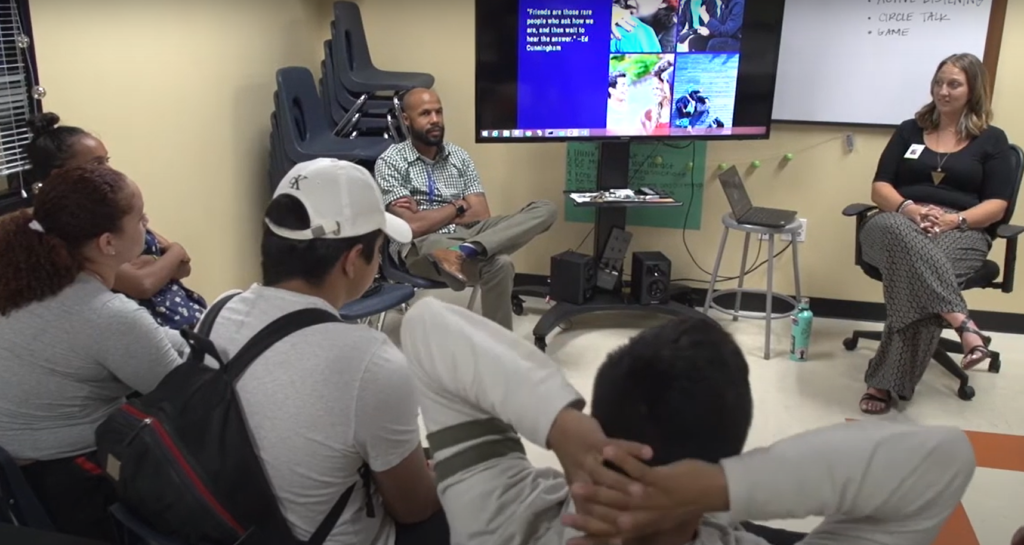
Every teacher in every school has students who have experienced or are living with trauma in their lives – and many recognize that the trauma may be escalating with school closures.
Just because we’re not in the same room as our students, we still need to support their social-emotional health and help them cope in this unprecedented time. Some students are struggling to continue their studies in a less structured environment while feeling isolated or distracted. And many suffer continuous, recurring traumas that are amplified when they are forced to stay home.
We like to say that before you can reach a student’s head to learn, you have to reach their heart and earn their trust. Traumatized children who learn to thrive have someone in their life who encourages them and believes in their success. Educators should strive to be that support, and make sure this is a constant part of their educational experience.
All school leaders can educate teachers on a trauma-informed approach to learning now – during this pandemic – and beyond. Here are six key principles educators can implement now.
- Recognize your own feelings first. Just like on an airplane, you must put on your own air mask before you can help others. Acknowledge the grief and change we are all experiencing. Take care of yourself so you can offer calm and empathy to students.
- Stability with flexibility. In times of change and uncertainty, consistency with flexibility is important. Some teachers might need to communicate with their students in the evening to accommodate the student’s work or child-care schedule.
- Just listen and validate honestly. Adults often want to “fix” things, when instead a student just wants to be heard and supported. Instead of saying, “don’t feel bad” or “be strong,” acknowledging their feelings is the best way to earn trust and build a relationship.
- Encourage students to ask for help. Be there when they reach out for support but know when you need to refer the student to another professional such as child/adult protective services, mental health specialists or law enforcement. Let students know that you will support them throughout the process, and then follow through.
- Set appropriate expectations. Recognize each student’s abilities and current circumstances or barriers before setting expectations. Be clear about what you expect and your confidence in the student’s ability to rise to the occasion. Notice and celebrate each success, no matter how small.
- Remind them they are not alone. Even though they may sometimes feel they are. Research shows that when adversity feels like a shared experience, we cope better – not only emotionally, but neurologically.
In the coming months and beyond, school leaders who understand and integrate trauma-informed practices into teaching will find greater and long-term success for students, and – after all – isn’t that what it’s all about?
